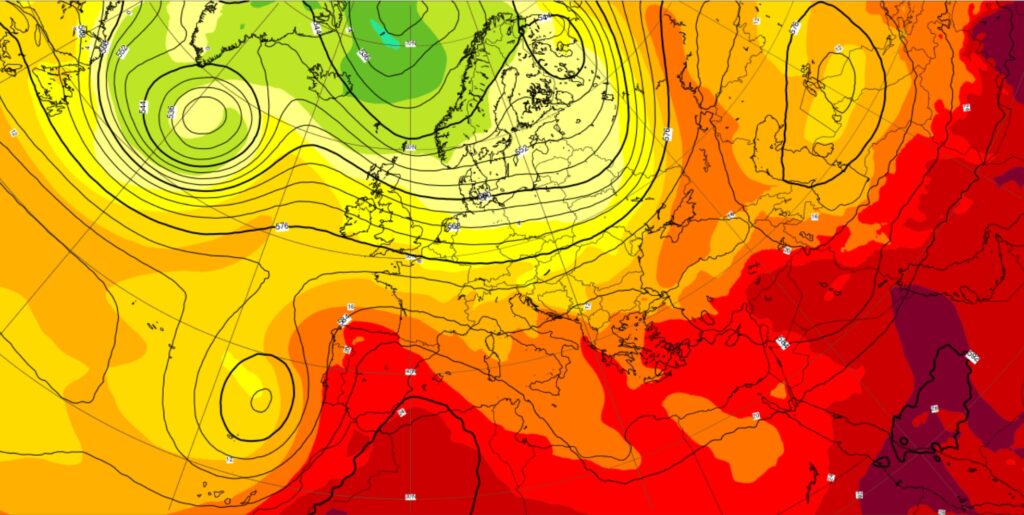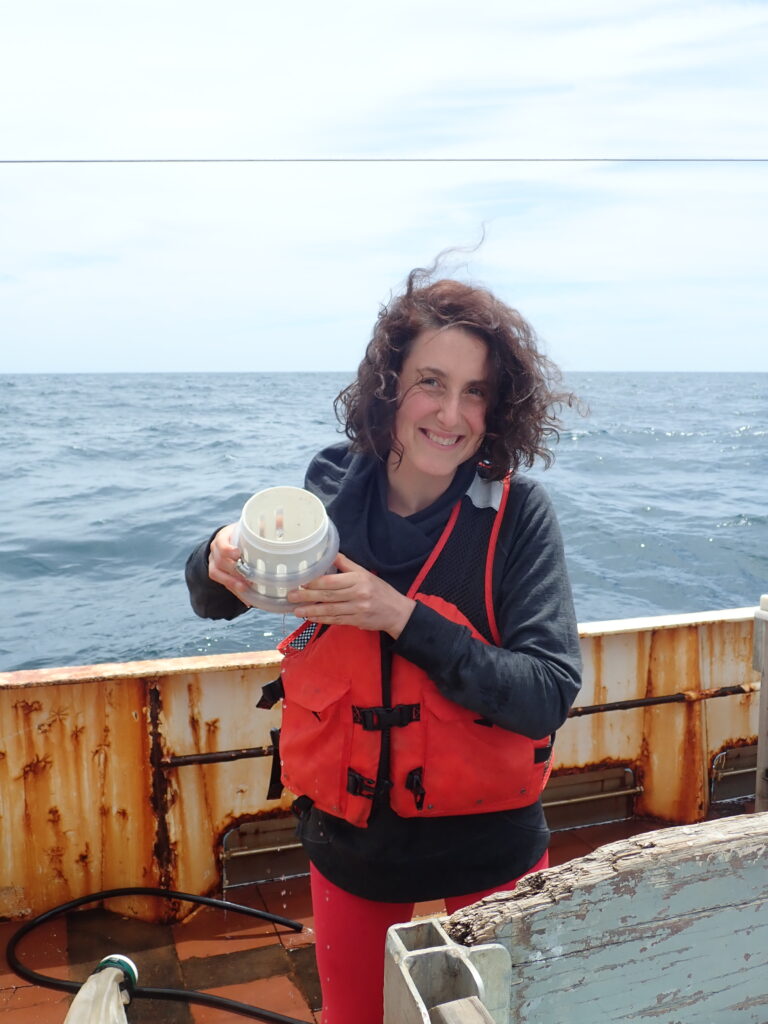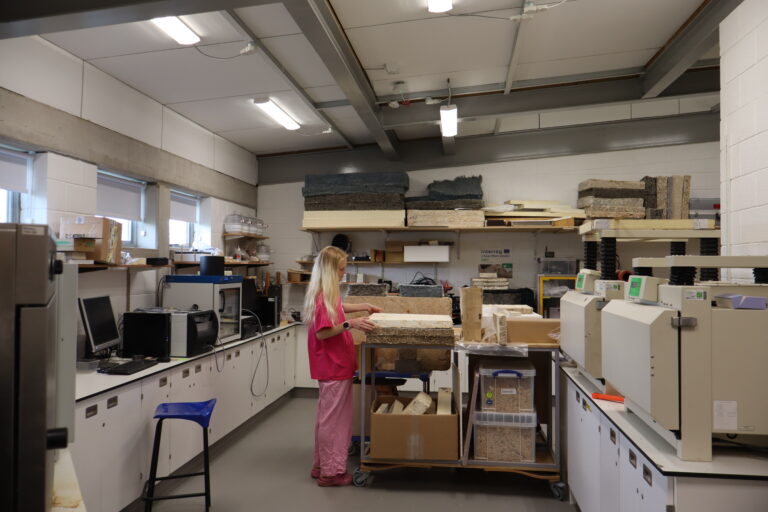On 28 August 2005, Robert Ricks was a meteorologist at the National Weather Service’s (NWS) Forecast Office in Slidell, Louisiana. He knew what was coming.
Katrina was quickly approaching as a Category 5 hurricane.
“It was pretty much destined to hit our way,” he says, but determining the intensity of the landfall was “daunting and uncertain”.
As duty lead forecaster, he took the responsibility of writing the bulletin upon himself rather than resorting on pre-made templates, likening Hurricane Katrina’s strength to the devastating Hurricane Camille of 1969.
At 10:11am, his warning for Katrina had been issued. It spelt doom.
“MOST OF THE AREA WILL BE UNINHABITABLE FOR WEEKS,” one passage reads, another warned of water shortages that were due to cause “incredible” suffering.
NWS did not undersell Katrina’s impact. The hurricane and ensuing floods killed almost 2,000 people when dykes around the city failed. The bulletin itself has been donated to the National Museum of American History.
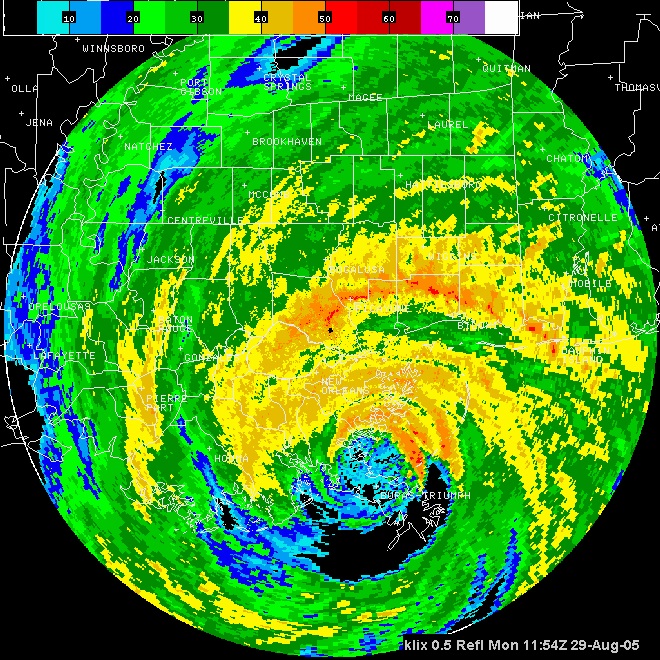
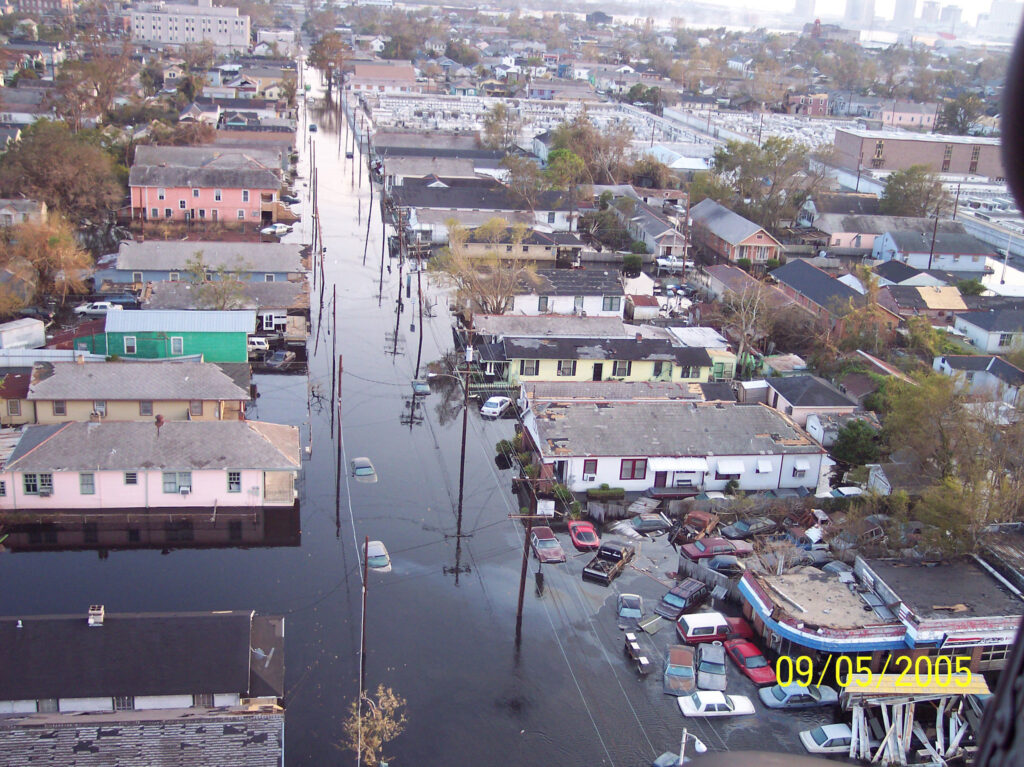
Twenty years later, weather forecasts produced by artificial intelligence models are laying the groundwork to replicate Ricks’s foresight. Experts believe they may enable better decision-making by reducing uncertainty and eventually outcompete traditional forecasting technology.
“Weather forecasting is currently based on taking many observations of the atmosphere all over the globe,” explains Alan Thorpe, the former director general of the European Centre for Medium-Range Weather Forecasts (ECMWF). “Those initial observations predict, using a computer model, the future state of the atmosphere.”
This approach, known as numerical weather forecasting, allows meteorologists to produce the weather forecasts we see on our smartphone apps and weather bulletins.
AI models, instead, use “a different approach that bases itself on the historical record of how weather has varied in the past to predict the future,” Thorpe says. The results are promising.
ECMWF has publicly released forecasts from AIFS, its AI model, since late February. Its predictions match the accuracy of traditional forecasts up to five days in the future. After this point, AIFS ends up taking the lead.
By the tenth day, AIFS is accurate some 57 per cent of the time. This marks a slight improvement on traditional numerical forecasts, which at the same interval are only correct half of the time.
Other AI models, mostly developed by tech corporations, are also competing to push the boundaries in weather forecasting.
Google claims its GenCast model was the first capable of producing a 15-day ensemble, which refers to a set of slightly different forecasts based on the same initial conditions. These are then compared to determine the likeliest outcome.
Aside from novelty or performance, the sheer pace of AI development is what thrust it into meteorology’s next space race.
“Back in 2020 I had a 10-year roadmap, and people busted through that in about two years,” says Aaron Hill, an associate professor at the University of Oklahoma whose work focuses on the use of AI in weather forecasting. But predicting when the next breakthrough may come can be difficult: “If I tell you five [years], it’s probably only going to be one,” he notes.
Some issues do persist. The first is that AI models work at a “very coarse resolution”, in Thorpe’s words.
Weather forecasts are made by dividing the world — or a portion of it — into a grid. Reasonable expectations are based on what the weather will be like at a specific time for each square making up that grid.
As with pixels and image resolution, the forecast will improve in accuracy as the squares making up the grid shrink in size and go up in number.
While traditional weather prediction works on squares of 5.5 by 5.5 miles, machine learning models like AIFS operate on 22 by 22 mile squares, Thorpe explains.
For global predictions, “we can’t really go down to higher resolutions yet, in part because we don’t have the datasets we need … but also the computational constraints are pretty significant,” Hill echoes.
The most comprehensive data source to train an AI model is ERA5, a database of weather observations collected since 1940 and maintained by ECMWF.
Almost every AI model is based on ERA5, so errors in it may carry through to future forecasts.
“A lot of first iterations of these AI weather prediction models did not predict rainfall, in part because ERA5’s precipitation data … was not very good,” Hill explains.
That problem is yet to be solved. Recently, Hill’s team was looking at predicting tropical cyclones: “The track forecasts are incredible … but the intensity forecasts are not,” he admits, noting that sometimes “there’s a disconnect in the physical responses we expect” between the real world and AI forecasts.
In addition, most models “only output the six-hour time step, so they skip six hours into the future, and then you have to kind of interpolate in between if you want to see what happened,” specified David Gagne, a machine learning scientist at the National Center for Atmospheric Research (NCAR) in Boulder, Colorado.

Forecasts are, however, becoming more granular. NCAR has just introduced a collaborative platform called Credit, which allows the entire scientific community access to a toolkit comprising of AI models capable of producing hourly forecasts and an atmospheric simulator.
The next challenge will be to cut down on the immense computing power needed to run these models, so that either more precise or more frequent forecasts could be issued.
It will be on the back of those developments that the next generation of AI forecasts may better equip meteorologists in predicting extreme weather events like Hurricane Katrina.

